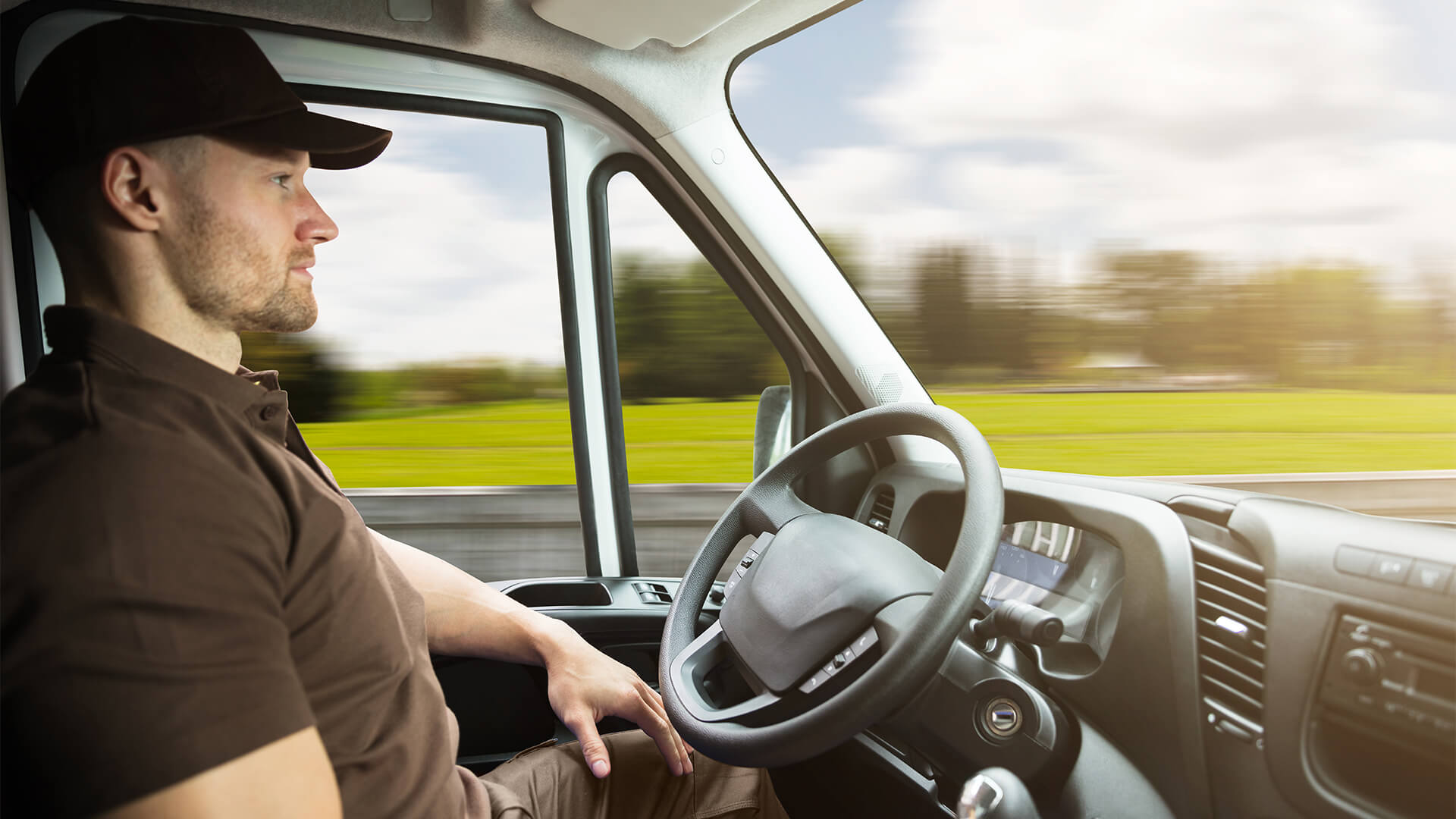By Simon Turner, Campaign Manager, Driving for Better Business.
From corporate sales to engineering, property surveying to journalism, the list of roles which can involve driving for work is enormous. Yet many SMEs whose employees drive for work are unaware of their responsibilities when such practices are in place – particularly when those employees are using their own vehicles.
Employees who drive their personal car for work-related purposes are part of their employer’s responsibility under the Health and Safety at Work Act – which means that ensuring their safety whilst driving is a crucial element of businesses’ overall risk posture. Furthermore, good practices when it comes to managing employees who drive for work – whether or not they are using their own vehicles – can make a substantial difference to overall organisational productivity and cost-effectiveness.
In other words, SMEs with drivers to manage must navigate a range of potential risks – and rewards – associated with doing so. Yet too many still remain in the dark.
Understand the risks
Earlier in the year, we commissioned a survey with Censuswide to examine the underlying attitudes, behaviours and management-level awareness in organisations where employees drive for work. 255 C-suite executives which employ people who drive for work-related purposes were surveyed – and the results were startling. 60% of these managers were unsure if or how many employees use their own vehicles for business purposes and 44% said their organisations do not even check whether such workers have a valid driving license. 62% said their company does not ensure that employees have the correct insurance in place if they use their own vehicle for business journeys, especially worrying since a third of these drivers (33%) admitted they didn’t have insurance cover for business journeys.. The research even shows that 1 in 20 business directors and 1 in 8 business drivers thought the hard shoulder was a safe place to answer their mobile phone – something that is actually illegal .
This lack of management awareness suggests a substantial risk of businesses falling foul of their obligations under the Health and Safety at Work Act – which in turn means that, in the event of a major incident involving one of their drivers, they risk potentially crippling fines, serious reputational damage and, in some cases, even prison sentences.
Perhaps less obvious are the potential increases in operational expenditure – or conversely, decreases in productivity – when employees who drive for work are not well-managed. For example, if those employees are not trained in good driving practices, and made aware of their responsibilities for following such practices when they are on the road, they are likely to rack up greater expenditure on everything from fuel and tyres to routine servicing and maintenance. Insurance is another key factor to consider. Poor driving practices can double the spend on tyres and triple the spend on servicing and maintenance, whilst poorly managed fleets can incur up to five times the cost per vehicle for fleet insurance.
Reaping the rewards
The potential risks to SMEs with employees driving for work, then, range from the financial to the legal, to moral and ethical.
Yet conversely, businesses which need employees to ride or drive for work also have access to an untapped resource for delivering efficiencies and improving margins. A well-managed driving workforce can deliver significant reductions in driving incidents and accidents, as well as helping to control operational costs associated with damage repair, maintenance and servicing, fuel and insurance. It can also achieve improved confidence in the company’s compliance, which in turn boosts reputation among customers, employees and potential business partners. And it can have a substantial impact on employee health and wellbeing, by ensuring that they are following good driving practices and no longer feel pressured by their employers to carry out practices such as answering their phones in an unsafe place whilst driving.
Harnessing benefits by implementing a driving for work policy
How to realise these benefits? The first step is to create a driving for work policy, which formalises the responsibilities and expectations of employer and employees alike. All employees should receive a copy of this policy, and it should be regularly reviewed and updated where necessary.
And it doesn’t cost anything to implement. Driving for Better Business is a free government-backed Highways England programme, guiding businesses of all sizes through a range of free resources and tools, articles and case studies to help them understand this vital area of risk management. Hundreds of organisations across the UK have already signed up in all sectors and are reaping a host of business benefits. The question is, why would a SME business not take advantage of the opportunity to make their business operations run more efficiently, while at the same time reducing risk and improving employee wellbeing.








